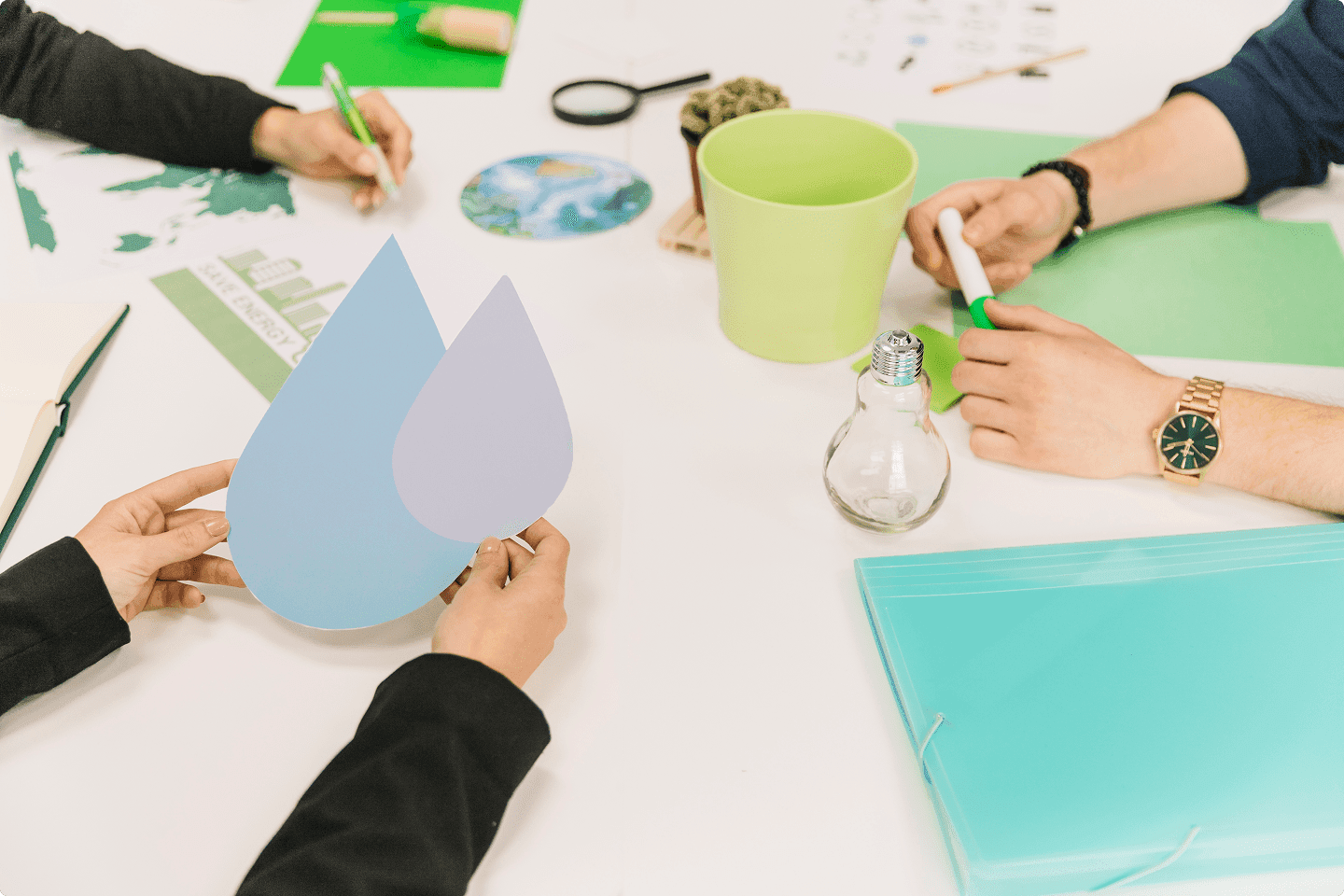Introduction to Web Eco-Design
Imagine a website that runs efficiently without wasting resources. In 2025, internet users are increasingly aware of the environmental impact of the sites they visit: nearly 80% say they pay attention to this factor. Web eco-design allows you to reduce your site’s carbon footprint while delivering a fast, accessible, and sustainable experience. This article explains what an eco-designed website is, how to reduce digital impact, and why this approach has become essential for a responsible online presence.
What is web eco-design?
Web eco-design is a development approach that integrates environmental criteria right from the planning stage. It considers technical performance (page weight, speed), design, hosting, content structure, and maintenance. Unlike late-stage optimization, eco-design starts with the project specifications. The idea is to consume less — lightweight images and videos, minimalist code, fewer server requests — while ensuring a smooth user experience.
Why reduce digital impact?
Every visit triggers data exchanges between browser and server, and every megabyte transferred consumes energy. According to reports, an average website produces about 1.76 g of CO₂ per page view. For a site with 100,000 monthly visits, that’s more than 2 tons of CO₂ per year. In contrast, a highly optimized site can emit less than 0.3 g per page view. Reducing page weight (for example, using compressed image formats or system fonts) lowers both energy costs and loading times. The results: better SEO, happier visitors, and reduced hosting expenses. Adopting this approach also sends a strong signal to clients and prospects, aligning your brand with responsible values.

The pillars of an eco-friendly website
An eco-designed site relies on several key principles: reducing content weight, choosing green hosting, adopting functional design, and planning optimized maintenance. The common goal is to minimize impact while maintaining a high-quality user experience.
Lighten and optimize content
Start by compressing images (WebP or SVG formats), enabling lazy-loading for media, removing unnecessary scripts, limiting font usage, and leveraging automatic caching. These steps reduce page weight and server load with every visit.
Adopt a simple, inclusive design
A clean layout without heavy animations, with straightforward colors and strong contrasts, improves readability — especially on mobile. A minimalist site is faster to load, more accessible, and requires fewer external modules (like social media widgets or ads), which often add unnecessary bulk.

Choose lightweight and sustainable hosting
Select a hosting provider certified for green energy or using renewable sources. Enable caching and shut down test servers when not in use. Fewer active resources mean lower overall consumption — and often lower costs.
Tangible benefits of an eco-designed site
With an eco-designed site, you gain faster load times (under 2 seconds), lower bounce rates, and improved SEO rankings. Visitors stay longer and are more likely to convert. From a branding perspective, showcasing your environmental commitment builds trust and can attract eco-conscious customers.
What you gain by adopting this approach:
- Reduced energy use and lower hosting costs
- Optimized user experience: speed, accessibility, consistency
- A responsible brand image recognized by visitors and partners
How to start an eco-design process
Begin with an audit: analyze average page size, number of requests, and total image weight. Tools like PageSpeed Insights or Ecoindex provide these measurements. Then adapt your specifications: set requirements such as “page < 500 KB,” mandatory media compression, and no heavy plugins.
Here’s how to structure your process in three phases:
- Initial performance and carbon impact audit
- Concrete implementation: visual, technical, and hosting optimization
- Ongoing monitoring: repeated measurements, performance reports, continuous improvements
Maintain and measure progress
After launch, monitor key metrics regularly: loading times, page weight, and estimated carbon emissions (via Website Carbon or Ecoindex). Compare results with your initial goals. Produce quarterly reports to track improvements and share progress with clients or internal teams.
Conclusion: An eco-friendly website is a strategic choice
Web eco-design is not just an ecological approach. It’s a lever for performance, cost reduction, and positive brand image. By reducing digital impact, you provide visitors with a faster, more inclusive, and more reliable experience. You position yourself as a pioneer of a responsible web, anticipating the market’s growing expectations. So, are you ready to transform your site into a driver of digital sustainability?




